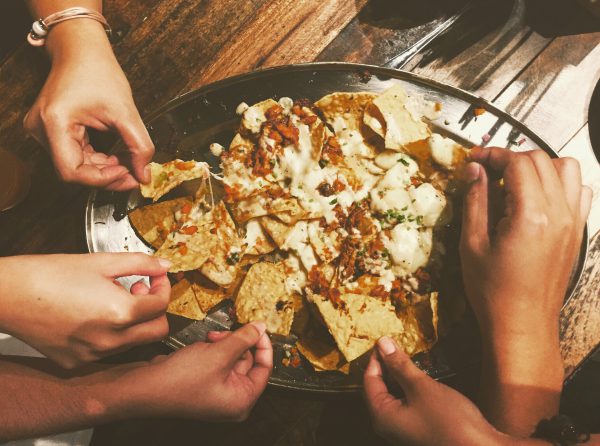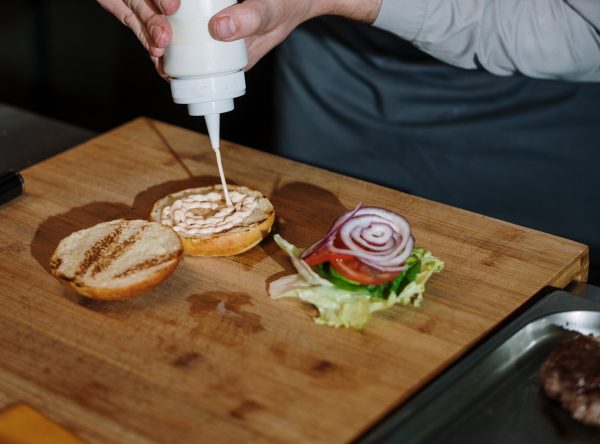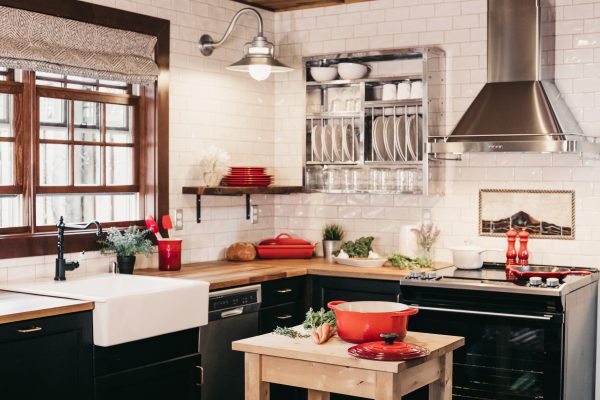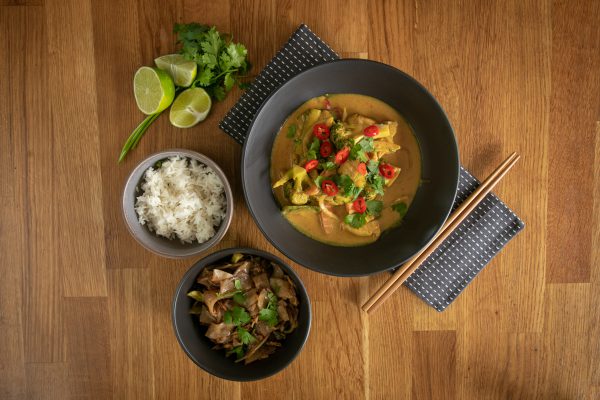Last Updated on October 14, 2022
Lighting up your kitchen the right way is an important step that many people mistakenly overlook. Cleverly placed lighting adds another dimension to your space and brings the room to life. In the kitchen, you need proper lighting both to direct attention to the most impressive areas in the room and to make your space all the more functional.
Today, we’re going to talk about the importance of kitchen lighting and the key factors you need to take into account for a well-lit kitchen interior. Here we go!
Kitchen Lighting Design
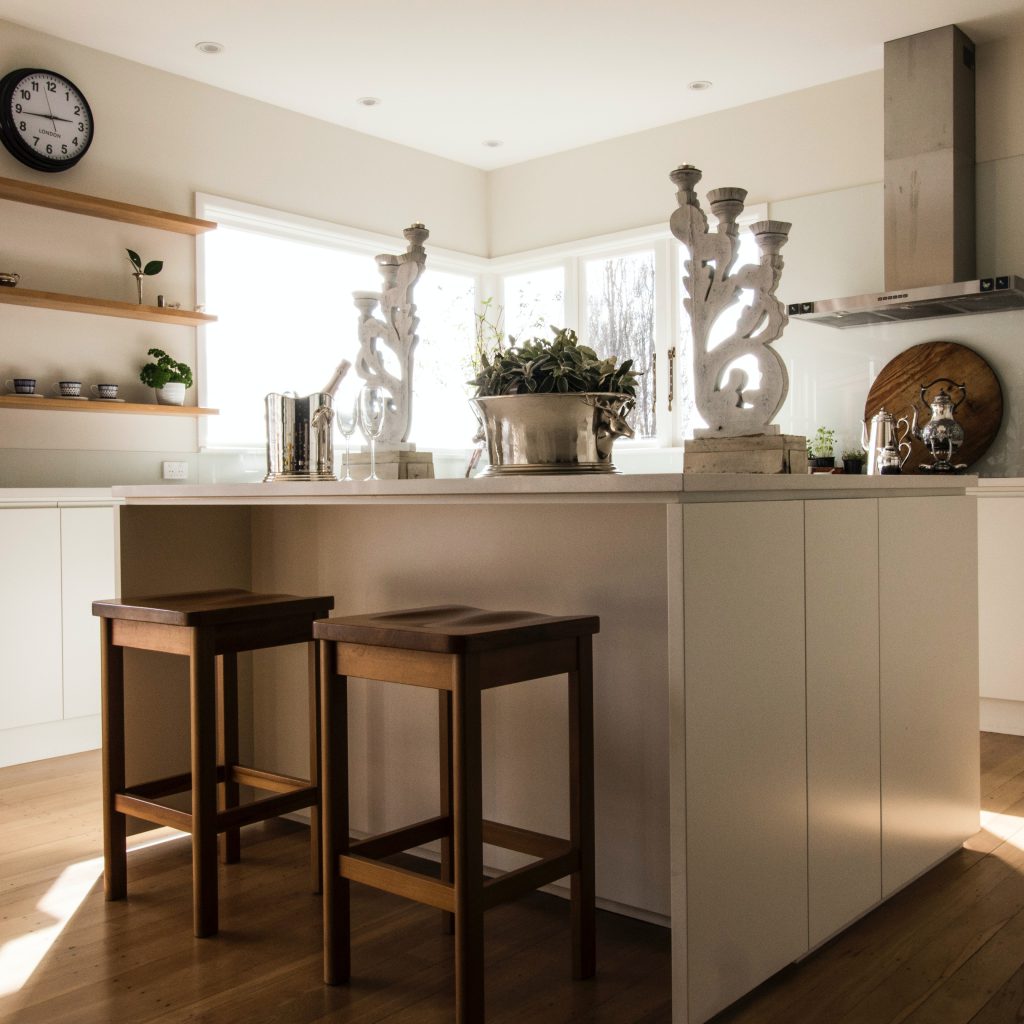
In a lot of kitchen spaces, what’s missing is a balance between aesthetics and functionality. Here are some key aspects to keep in mind to get the best of both worlds:
The Size of the Kitchen
The first thing to consider before installing the lights in your kitchen is the size of the space you’re dealing with. A chic pendant can instantly turn up the mood in your kitchen or make it look cramped if it’s too big for your space. To determine the lumens you need to install, multiply the square footage of your space by the number of foot-candles you require.
Foot-Candles vs. Lumens
Now, what exactly is a foot-candle? A foot-candle is the measurement for lumen per square foot. In other words, it’s how you measure the light’s intensity.
Different spaces in your house require different levels of lighting power. For instance, the living room and bedrooms require less intense lights than the kitchen task areas. In general, the stove area, the countertops, and the sink require 70-80 foot-candles while the rest of the place requires 30-40.
Once you know the size of your kitchen and the foot-candles you need, you can calculate the intensity of the lights you’re going to install by simply multiplying the area in square meters by the foot-candles you need. For example, if your kitchen island is between 1 and 2 meters (2 square meters) and you need 30 foot-candles there, you’ll need to install a light with 60 lumens in the area.
Uniformity of Lighting
When thinking about how to light your kitchen, you must find a way for the light to reach everywhere. No room for chiaroscuro lighting here! Sure, you can dim the lights when you want to have a glass of wine with your friends or family, but otherwise, you should have sufficient light to cook throughout the day.
Functionality
Among other things, the kitchen is a workplace where production takes place several times a day. For that reason, your kitchen lighting should ensure the people using the space feel comfortable and relaxed while also clearly seeing the ingredients they’re cooking with – their color, quantity, freshness, and texture. You don’t want someone mistakenly adding salt instead of sugar to your coffee, do you?
Decoration
Lighting can transform a room by creating contrast and highlights, so it’s important not to overpack the space with lamps but also to create contrast between different spots in the room. A well-lit kitchen makes it more inviting for both the cook and the guests.
Because the kitchen is a place where you both produce and socialize, the variety of the lighting is important to make the best of it. This creates an opportunity to add aesthetically pleasing lights and draw attention to aesthetically pleasing spots in the kitchen.
Natural Light
Just like you would in any other room, you should take natural light into account when designing your kitchen lighting. In fact, natural lighting is one of the best things you can have in a kitchen as it makes the place feel more spacious in an instant. Sure, altering the window situation might be tricky, but you can try to remove any obstacles preventing sunlight from reaching your kitchen.
Kitchen Lighting Ideas
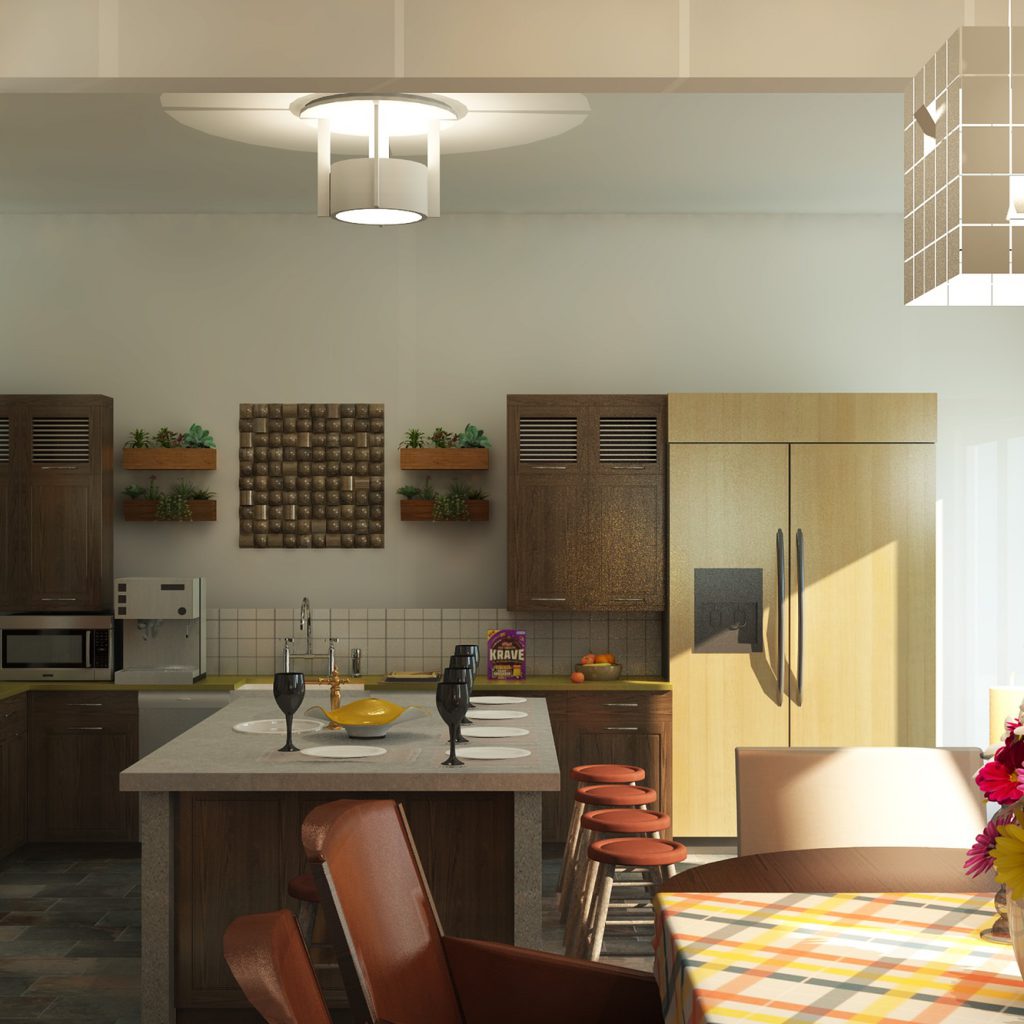
The general consensus among interior designers is that you should have more than 1 source of light in any room in your house, and they have a point. This is primarily for creating contrast between different spots in the place because light without darkness and darkness without light is only boring. To achieve harmony, use different lighting fixtures like task lights, accent lights, or overhead lights.
This doesn’t mean you should pack your space with every single lamp you get your hands on. When speaking of kitchen lights, you need two types to create the ideal lighting situation: ambient lights and accent lights.
The ambient light is the main source of light that you turn on when you enter the room. It should be on the ceiling so that it covers most of the room. You can cast ambient light with flush mounts, recessed lighting, chandeliers, or pendant lights.
Accent lights are what you could call the cherry on top. You can certainly do without them, but the effect they add to any space makes them indispensable. In the kitchen, accent lights are the led strips you add under, over, or inside your cabinets.
The Key Lighting Areas in the Kitchen
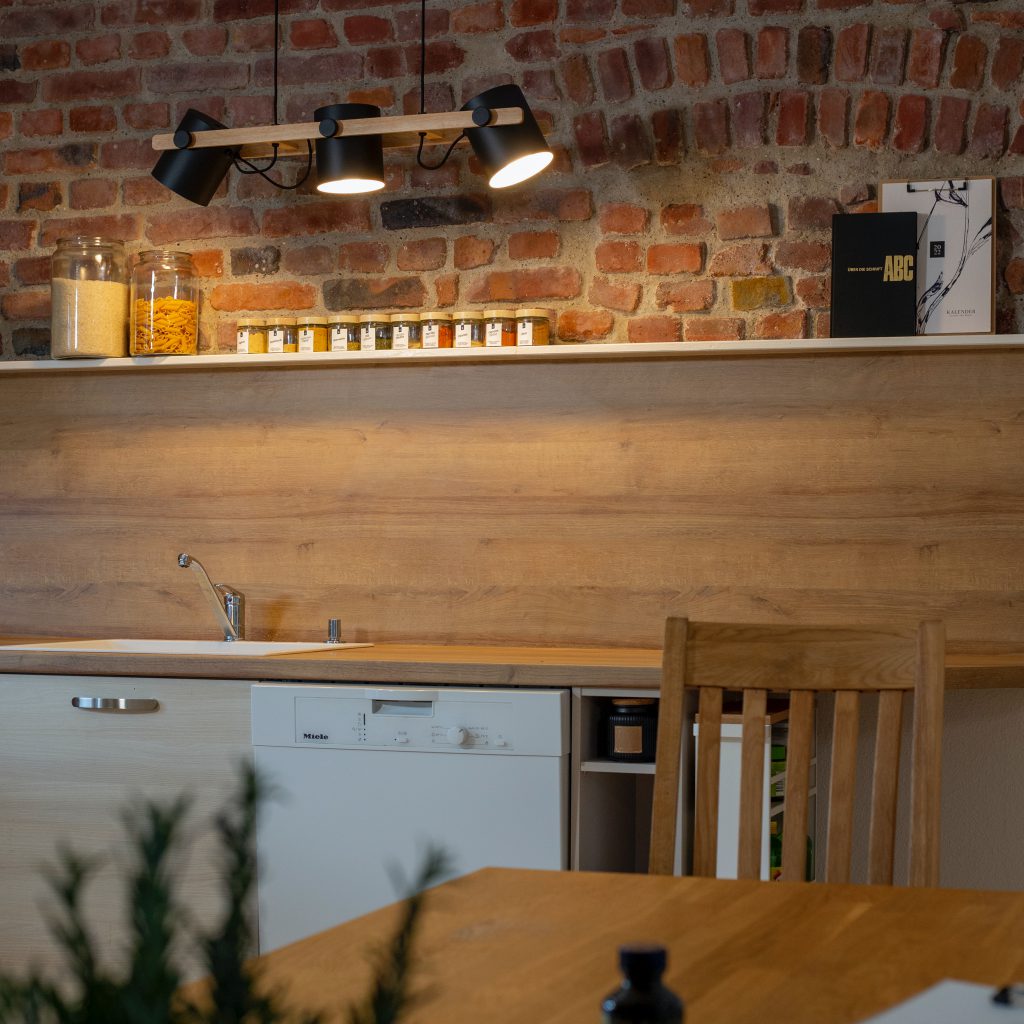
Now that you know how to approach your kitchen lighting, it’s time to talk about where the key lighting areas are in your kitchen.
You need light everywhere in the kitchen, but the most important spots are your working areas (e.g., under the cabinets, over the sink stove top, or on the kitchen island if you have one). This is done with task light which creates a shadow-free working space.
Under the Cabinets
Putting a LED strap under the cabinets is the most popular way to add task lights. These lights produce shadow-free light and are very easy to install. They are also great for creating accent lighting in the room or lighting up the best pieces on your countertop, such as your magnetic knife strip.
Hob Lighting

Another widely popular task light that you already have in your kitchen is your hob lighting. Many models come with built-in lighting, so you can go for that. But if you don’t already have one, installing a LED strip above your stove can make things much brighter.
Over the Sink
You can also install a task light over the sink unless it’s placed in front of a window, in which case you’re one of the lucky ones who get plenty of natural light during the day. However, if you avoid doing the dishes throughout the day, you’ll still need some extra light to clean up in the evening.
Kitchen Island Lighting
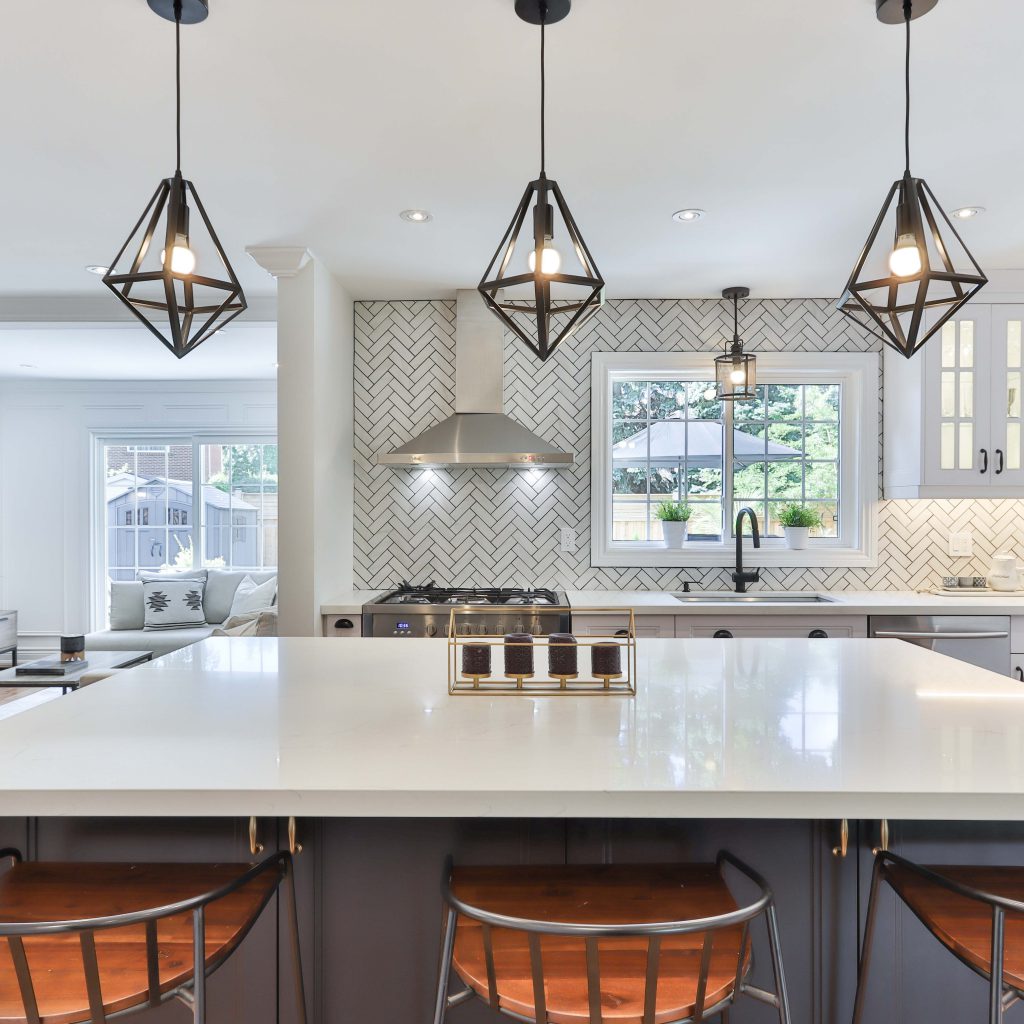
A kitchen island in the middle of the room can be a creative spot for some strategic lighting.
For example, pendant lighting is one of the most popular ways to illuminate kitchen islands, and we’re all for them. You can make an extraordinary statement with the pendant shade. For the best results, hang your lamps 75-80 cm above the island and pick big enough lights to cover the island area.
If you’re not blessed with high ceilings, you can opt for alternative lighting solutions, such as drum pendants, ceiling lights, spotlights, or flush mount LED ceiling lights.
Shelf Lighting
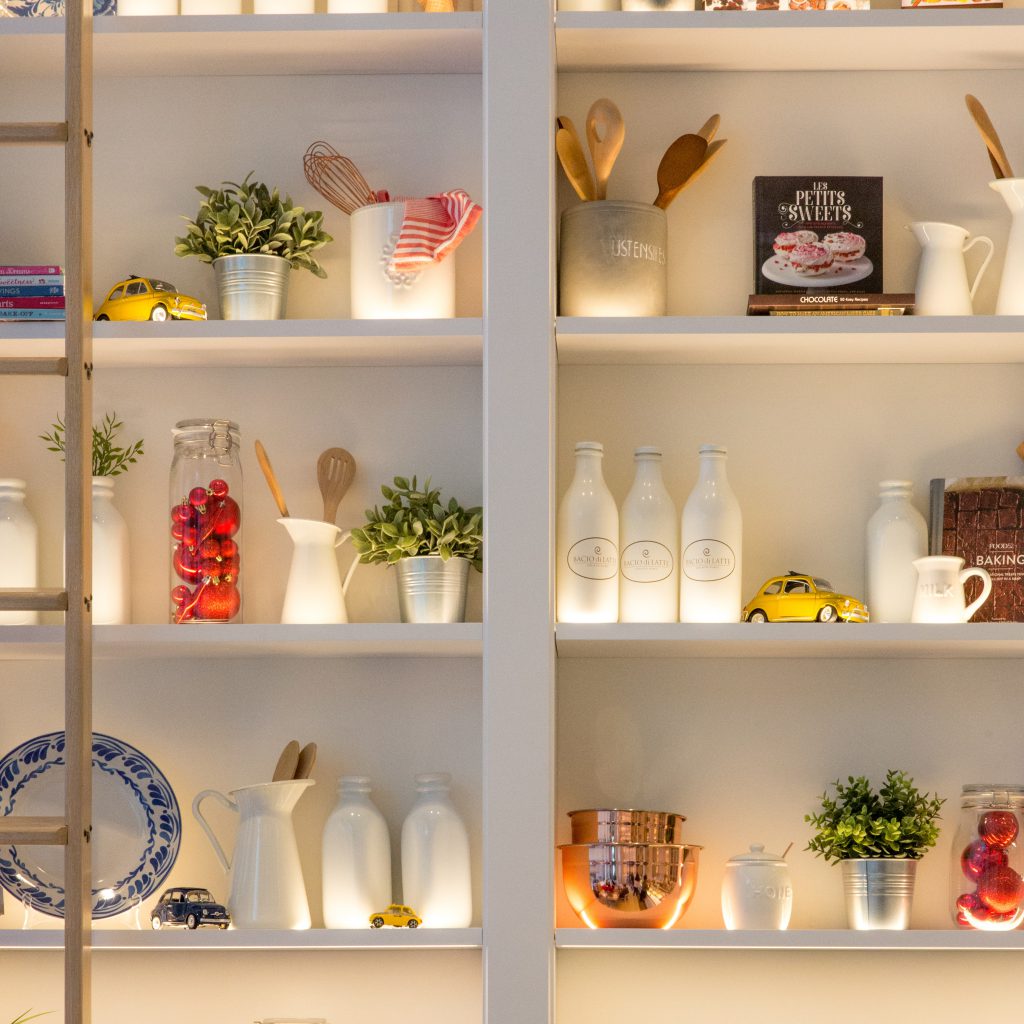
In some cases, putting LED strips on your shelves can make things pop up even more. It’s both functional and great for showing off your carefully arranged spice rack or wine cabinet.
Kitchen Lighting Rules
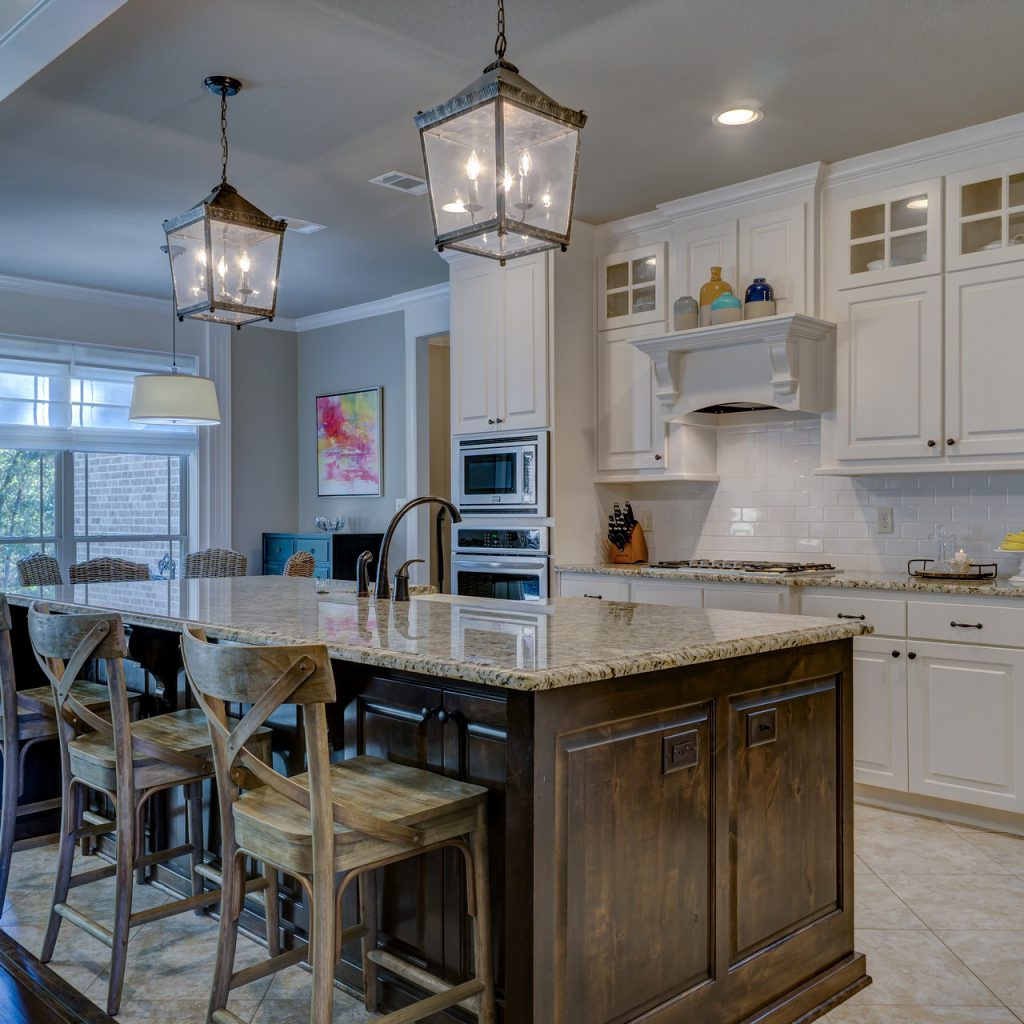
So far, we’ve talked about the different lights you can install in your kitchen. But you can’t just pack your space with assorted lamps and LED stripes and call it a day. If you’re not an interior designer, you probably don’t have much experience installing lighting.
Even though it sounds straightforward, there are some pitfalls that can actually make your kitchen look wonky and dysfunctional rather than harmonious. Here we put together some golden rules when it comes to kitchen lighting design so that everything looks right once you’re done installing your new lights:
- The lighting under the cabinet should be aligned with the edge of the counter. If your cabinets don’t reach that far, make sure the lights reach the center of the counter.
- All the lights should be directed towards working docks. Make sure your ambient lights and accent lights have some purpose in the room. The main light source is typically placed in the center of the room, but if you have a kitchen island, definitely ignite it from above. Similarly, the accent lights should be purposefully placed towards working areas.
- Use multiple light sources. Be it the kitchen, living room, or bedroom, multiple light sources will create soft and smooth transitions between light and dark, creating a soothing atmosphere.
- Beware of joints. Make sure you know the structural design of your place before you start planning the lighting so you don’t face any surprises when you get down to the installation part.
Over and Out!
Decorating and beautifying your kitchen is a great way to motivate yourself to cook more and make your family and friends spend more quality time in it. One of the easiest and fastest ways to improve your kitchen’s interior design and functionality is the lighting. Be smart and practical about it. And don’t forget, adding a couple of candles here and there won’t hurt!


